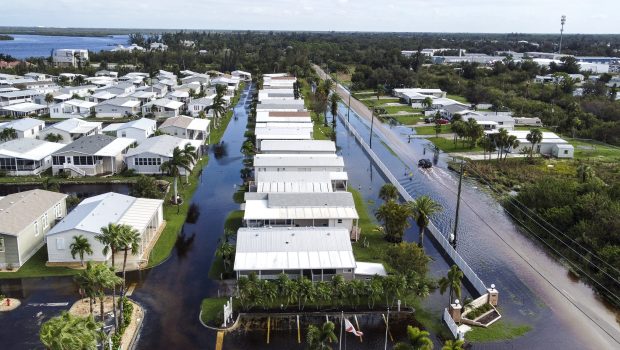How Many People Died in Hurricane Milton? Death Count So Far

Hurricane Milton left Florida in shambles. Within hours, homes and businesses were left demolished from flood waters and heavy winds.
On Thursday, October 10, Florida residents woke up to flooding, fallen trees, washed-up structures and damaged buildings after Hurricane Milton assaulted the state. Many have been left without power, and several deaths have been confirmed. While the Sunshine State recovers from its second consecutive storm this season, learn about the casualties from Milton’s path below.
Damages in Florida From Hurricane Milton
Several counties were subjected to tornadoes right before Milton made landfall. Some of the communities with the most flooding and damaged structures were Fort Myers, Siesta Key, Tampa and more. Boats were photographed washed ashore, and some were even blown closer toward homes after Milton tore through Florida.
First responders were photographed helping various residents across the state, primarily through flooding. Some were seen rescuing storm victims by boat.
Confirmed Death Toll From Hurricane Milton
Shortly after Milton hit, 10 deaths were confirmed, per NBC News. Five people died in St. Lucie County, while two deaths were confirmed by St. Petersburg police, according to the outlet. In Volusia County, three deaths were reported. The outlet later reported that the death toll had climbed to 16.
Is There Another Hurricane Headed Toward Florida?
There is currently no concrete warning of another hurricane heading toward Florida. However, the National Hurricane Center (NHC) was monitoring two tropical developments in the southern Atlantic Ocean before Milton made landfall. One tropical system titled “Invest 93L” had formed, and some wondered if it would intensify into a tropical storm, then eventually Hurricane Nadine. However, the NHC announced that it did not develop any further.
“Although environmental conditions appear only marginally favorable for additional development, a short-lived tropical or subtropical storm could form today or this evening while the low moves northeastward to east-northeastward at around 15 mph,” the NHC revealed. “Upper-level winds are forecast to increase later tonight, which should limit any chances for further development.”
The second tropical system that raised eyebrows was Hurricane Leslie. However, the NHC noted via its website that Leslie “likely peaked in strength” on Thursday, October 10, and it was moving northwest in the Atlantic Ocean.
Most of the hurricane activity in the southern Atlantic Ocean can be viewed via Zoom Earth.